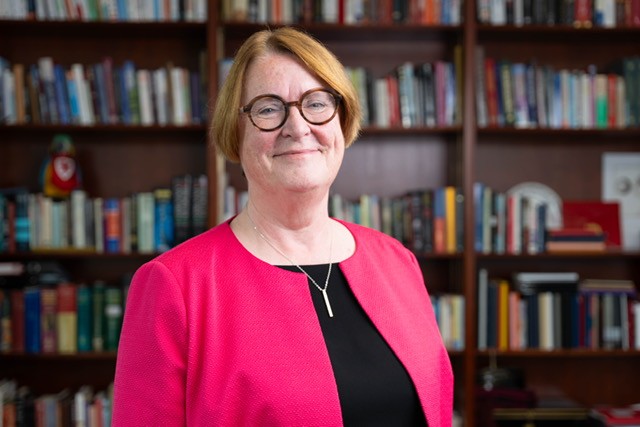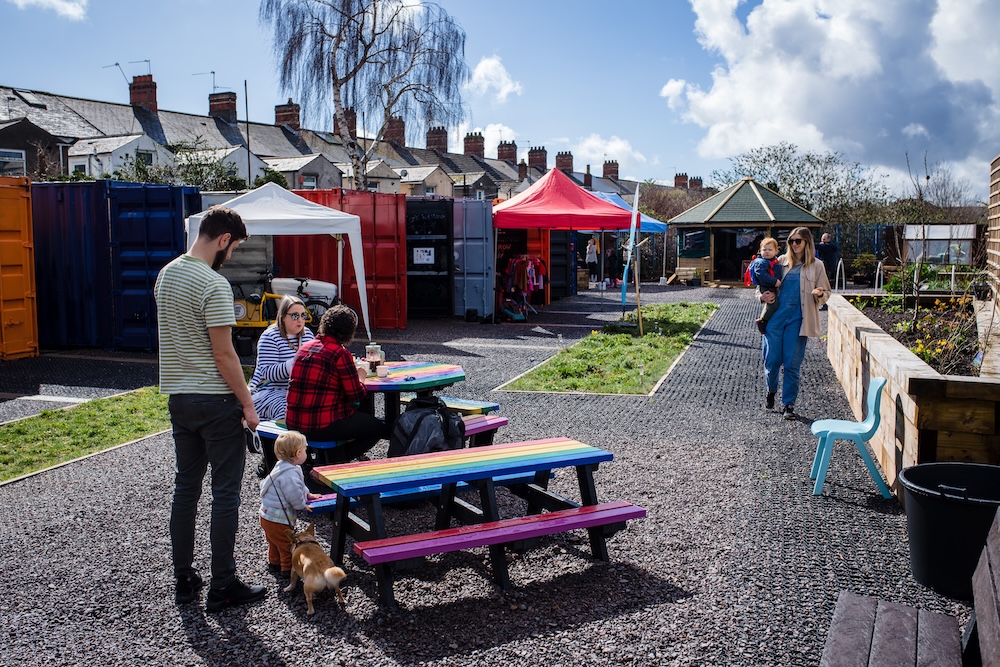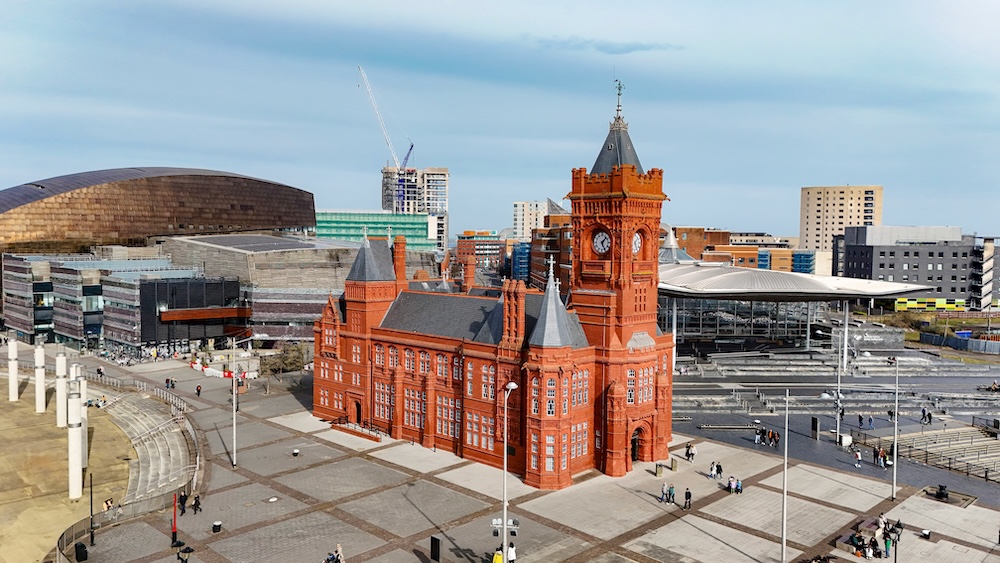Mike Joseph gives six reasons why the Welsh Government’s badger cull should be stopped
If Peter Black’s motion fails to annul the Badger (Control Area)(Wales) Order 2011, in the National Assembly tomorrow, a week later on 31 March publication of this article in north-east Pembrokeshire will become illegal. This remarkable assault on free speech arises because, according to the Welsh Government:
“Welsh Ministers are satisfied that tuberculosis exists in the wild badger population in the control area; that the disease has been or is being transmitted from badgers to cattle in that area and that the destruction of wild badgers in that area is necessary in order to eliminate or substantially reduce the incidence of tuberculosis in animals of any kind in that area.”
Clause 4 of this Order – which is Elin Jones’ second attempt to legislate, the first having been quashed in the Appeal Court last July – bans the protection of badgers “with intent to prevent their destruction”, bans interference with anything done in connection with that destruction, and, critically, bans action that may “aid, abet, counsel or procure another person to commit such an act.”
This article summarises six decisive reasons why every possible legal means should be taken to prevent the destruction of Pembrokeshire’s badgers. It counsels you to protect badgers, and therefore publication of this article in the ‘control area’ between Cardigan, Newport and Cwm Cych will become an offence. As far as is known, the Order does not prevent freedom of speech in the rest of Wales. No doubt several governments in the Middle and Far East can supply highly targeted firewall software to censor this page for internet users in Crymych, Cilgerran and St Dogmaels.
1. THE SCIENCE
Culling badgers doesn’t work
In 1998 the Labour Government commissioned the Randomised Badger Culling Trial from the Independent Scientific Group on Cattle TB, the largest ever scientific investigation of the impact of badger culling on bovine TB. Their Final Report in 2007 published astonishing conclusions:
“While badgers are clearly a source of cattle TB… badger culling can make no meaningful contribution to cattle TB control in Britain”.
The Group’s Chair, Professor John Bourne, wrote to Secretary of State David Miliband:
“Indeed some policies under consideration are likely to make matters worse rather than better… weaknesses in cattle testing regimes mean that cattle themselves contribute significantly to the persistence and spread of disease.”
And he concluded:
“The rising incidence of disease can be reversed, and geographical spread contained, by the rigid application of cattle-based control measures alone.”
Killing many badgers in a cull area causes chaos amongst survivors – the Welsh Government expects 600 to survive in North Pembrokeshire. Territories collapse, survivors range more widely, confronting badgers coming in from outside the cull zone to colonise new territory. Badger injuries and TB infection rates all rise. Around the cull zone and for at least two kilometres beyond it, more cattle are then infected. Any benefits of reduced transmission at the heart of the cull area are offset by increased transmission around the perimeter. This ‘perturbation’ explains the Independent Scientific Group’s remarkable conclusions. Chris Cheeseman of the UK Government’s Central Science Laboratory says:
“…perturbation is a profound negative influence of culling wildlife which managers involved in wildlife disease ignore at their peril”.
Since 2007, follow-up studies by Independent Scientific Group scientists have not changed their conclusions. So, for example a 2010 paper by one of them, Christl Donnelly, concludes:
“Our findings show that the reductions in cattle TB incidence achieved by repeated badger culling were not sustained in the long term after culling ended and did not offset the financial costs of culling. These results, combined with evaluation of alternative culling methods, suggest that badger culling is unlikely to contribute effectively to the control of cattle TB in Britain.”
2. THE SPIN
The Welsh Government misrepresents the science
After the Appeal Court quashed the first Order, the Welsh Government was required to consult people in the cull area on their views on its strategy. They sent every home in north-east Pembrokeshire a booklet entitled Bovine TB is a huge problem for Wales which states:
“Experts agree that tackling the disease in badgers is necessary if we are to succeed in eradicating TB. Culling badgers can substantially reduce TB in cattle”.
Of course, experts state exactly the opposite. But to support its claim, the booklet prominently quotes just the preamble of Donnelly’s 2010 paper:
“In the British Isles control of cattle tuberculosis (TB) is hindered by persistent infection of wild badger populations”.
However, it does NOT quote its conclusion (see above). The booklet effectively misrepresents the science to the people of north-east Pembrokeshire.
At a news conference on 20 September 2010, the Welsh Government’s Chief Vet Christianne Glossop said to me:
“The Randomised Badger Culling Trial is the only study ever to describe perturbation. There is no other source for this claim. Perturbation is not an issue”.
Chris Cheeseman responds:
“Glossop’s assertion … is not true. There are several references in the scientific literature that relate to studies carried out separately to the Randomised Badger Culling Trial… Dr Glossop is, at best, being highly selective in the evidence …”
At a public debate on 9 November 2010, the Independent Scientific Group chair John Bourne stated:
“Farmers are being led up the garden path”.
3. THE PEOPLE SPEAK
… and say No
Despite the Welsh Government’s questionable presentation of the scientific evidence to the public, the result of the formal consultation is clear. The Government reports:
“7.1 There was considerable interest in this consultation exercise with 13,431 responses being received”.
“10.1 2110 respondents believe that culling badgers can achieve a reduction in bovine TB incidence in cattle, to justify its use.”
So the Welsh Government has succeeded in persuading just 15.7 per cent of respondents to its consultation that a badger cull is justified.
Which means it has failed to persuade 84.3 per cent.
In a democracy, you would expect a government policy of mass killing of a protected native species, compulsory access to objectors’ land, and prohibition of the expression of dissent to require the consent of more than 15.7 per cent. What does this say about our fledgling Welsh democracy?
4. THE STATISTICS
Cattle controls are working
The Independent Scientific Group chair Professor John Bourne wrote in 2007:
“The rising incidence of disease can be reversed, and geographical spread contained, by the rigid application of cattle-based control measures alone.”
Since the Welsh Government introduced a strict cattle movement and testing regime in north Pembrokeshire, the local bovine TB rate has fallen, with the number of cattle slaughtered in Dyfed reducing substantially:
2008 – 8361
2009 – 6981
2010 – 4634
Compensation paid for cattle slaughtered due to bovine TB in the planned cull area has also fallen in the same period as the following figures testify:
2008 – £4,125,020
2009 – £2,158,230
2010 – £1,427,504
Professor Bourne was right. Why jeopardise this successful policy now with a cull that is “likely to make matters worse”?
5. THE ALTERNATIVE
Vaccination – they do it in England
Eight days before the Appeal Court quashed Elin Jones’ first Order last July, the UK Government started trials of a badger vaccine over the border in Gloucestershire. Elin’s first Order included a provision for vaccination as an alternative to killing. Her new Order has no such provision.
Vaccination immediately benefits the 70-85 per cent of badgers that are disease-free. As infected badgers die, a vaccination programme steadily increases the percentage of immune badgers, all without causing perturbation, and therefore with no increase in infectivity. By contrast, the government’s plan to cull 70 per cent of badgers in north Pembrokeshire will leave the remaining 30 per cent at increased risk of infection through perturbation.
Rather than killing 1,000 healthy badgers for no sound purpose, wouldn’t a humane society choose to protect them from a fatal disease, and simultaneously take badgers out of the cattle infection cycle?
6. THE INTERNATIONAL INCIDENT
Perturbing English farmers
Bovine TB has been a serious problem in several Welsh regions, including areas adjacent to the English border. But Elin Jones’ own advisers warned against locating a cull in Powys, in the following terms:
“It would not be advisable to locate [a cull] area near the England and Wales border due to … possible perturbation effects for farmers across the border.”
They recognised the political fallout if English badgers were perturbed by a Welsh cull – how much more perturbed might English farmers and politicians be?
“For these reasons, and taking basic infectious disease control principles as well as security issues into account the Board recommended that the area is centred in North Pembrokeshire …”
While the Welsh Government could not risk exposing English farmers to the risk of perturbation, they are content to let Pembrokeshire and Carmarthenshire farmers shoulder the risk.
But even here, the Appeal Court has come to the Minister’s aid: her first Order covered the whole of Wales, and would have legalised a cull in Powys. The Appeal Judges pointed out that by restricting a new Order simply to the cull area, the Minister will be entitled to claim the TB reduction inside the cull zone, “and to disregard the adverse effect on the area outside the cull area”.
So despite the science, despite the risks for farmers, despite public opinion, despite the notable success of cattle measures, despite the threat to Pembrokeshire tourism, despite the threat to social cohesion, despite the infringement of human rights, the Welsh Government will have its cull.
Are we perturbed?






Comments are closed.